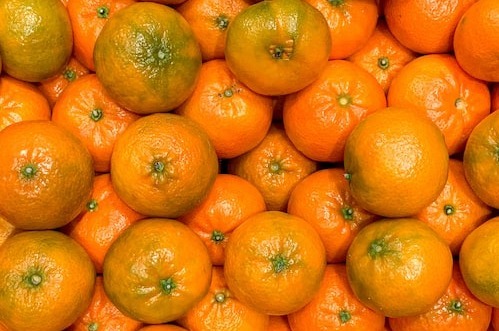W27: Mandarin Update

In W27 in the mandarin landscape, South Africa's tangerine/mandarin production is expected to increase by 6% to 680 thousand mt in the 2022/23 season due to favorable weather conditions in the main producing areas. South African mandarin exports are expected to grow by 7.5% to 560 thousand mt in 2022/23 due to higher levels of production and the availability of more reasonable shipping rates. However, challenges such as rising input costs, high shipping rates, infrastructure inefficiencies, and new phytosanitary regulations pose concerns for the industry. The primary destinations for South Africa's soft citrus exports are the European Union (EU) and the United Kingdom (UK).
In the 2022/23 season, Morocco achieved record high mandarin exports to Canada, reaching 73 thousand mt, which accounted for half of Canada's total imports. Morocco managed to increase its exports to Canada despite a decline in its total exports of mandarins in the current season caused by a decrease in production. Moroccan mandarins are a significant export product for the country, and in MY 2021/22, exports reached 625 thousand mt. Mandarins are the leading category in horticultural exports for Morocco, contributing a value of USD 90 million.
The Jun-23 projection from the Citrus Committee of the Chilean Fruit Exporters Association (ASOEX) shows a decrease to 125 thousand mt of Chilean mandarins from 135 thousand mt projected in May-23. The export of Chilean mandarins just began in W25, with 59 mt of Chilean mandarins exported thus far in the 2023 season. Meanwhile, Peru's mandarin campaign saw a 4% reduction in shipments from Apr-23 to Jun-23, but a positive campaign is expected, with peak production volumes expected in July and August. Lastly, Brazilian ponkan tangerine prices decreased in Jun-23 due to a seasonal peak in São Paulo, but the value remains attractive as many consumers prefer ponkan tangerine over other fruits. The average ponkan price was USD 12.01/27kg box, 8.7% lower MoM but 75% higher YoY. Producers predict a gradual supply reduction in Jul-23, with fruit availability expected to finish between mid-Jul-23 and early August-23 in São Paulo, Brazil.





